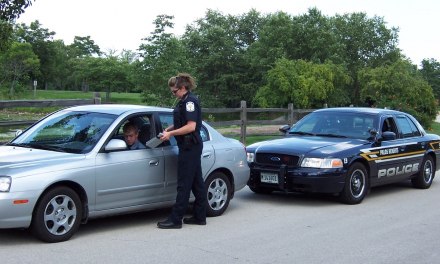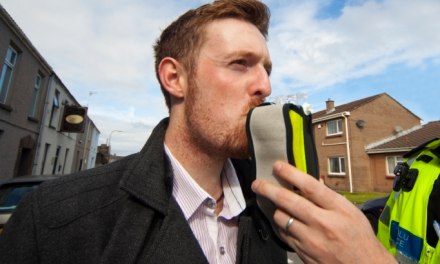The New York Times ran this not long ago. I’ve linked to the article on Yahoo, in case there’s a paywall:
Inside the Medical Examiner’s Office, Where Opioids Fuel Surge in Deaths
It seems we’ve reached what’s being called “the new normal” in terms of fatalities– driven by a number of factors, but mostly the ‘unintended’ overdose. Fentanyl wil be behind that, naturally.
It’s not only present in street heroin. The drug seems to feature as an additive for a variety of illicit stimulants and sedatives. Not just those intended for injection use, either, but in pill form as well. Suffice to say that from a dealer’s perspective, it’s all about money and attracting new customers.
Medical professionals in New York City had expected death rates to fall as COViD vaccination and natural immunity took hold. That hasn’t come to pass. Instead, they’re looking at a 2022 total of nearly 3000 fatalities. And the current year, they believe, will be worse.
I imagine we lost sight of the overdose epidemic in the long shadow cast by the coronavirus. Understandable, of course, but now medicine is forced to scramble to catch up.
Which brings us to the issue of Supervised Injection Sites (SIS), on offer as a harm reduction tactic. An outbreak such as the one in New York is the strongest argument for such measures. There are barriers to overcome: the sites themselves are costly to operate and often face resistance from neighborhoods. That makes them difficult to locate. Still, in a city such as NYC or DC or Baltimore, with their large endemic populations of chronic IV drug users, they make sense.
New York City has three already approved by the City government, but that’s rare for the US. There are similar operations in cities such as Denver and Philadelphia, and also one in Portland, Maine, which was organized as a ‘church’ of safe drug use and forced to cut back its operations in the wake of the death of its founder, Jess Harvey.
‘He was so young’: Recovery community mourns loss of advocate who died of suspected overdose
Methamphetamine is another drug where use is commonly via injection, and cities with serious meth problems are also candidates for SIS-style operations. Many of these cities aren’t places we normally associate with ‘hard’ drug use, such as Omaha and Oklahoma City. Nevertheless, they too may investigate the prospect of an SIS in their area. The public health reasons are difficult to ignore.
Once again, I’d expect them to face challenges when it comes to funding and finding a location that is acceptable to the community.













